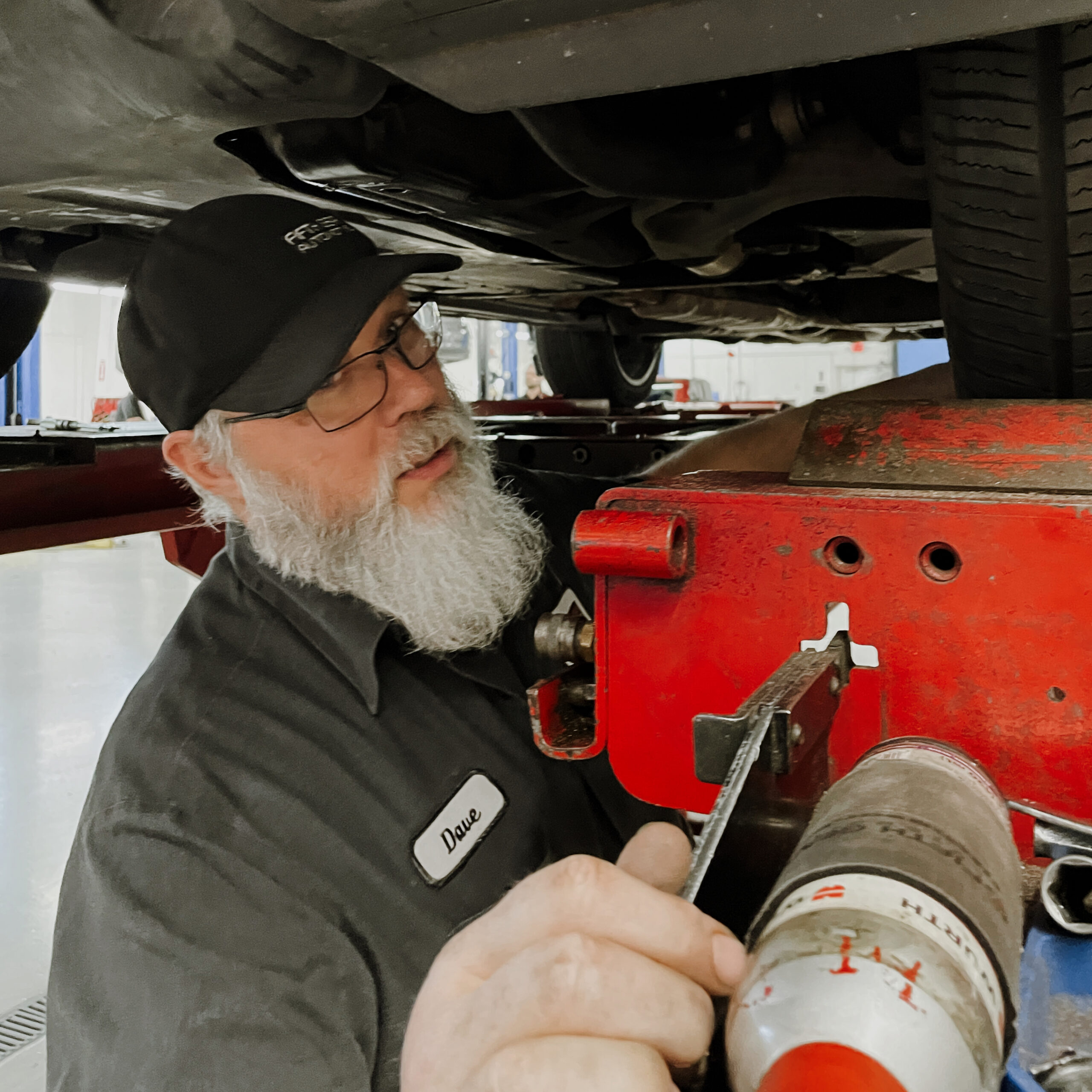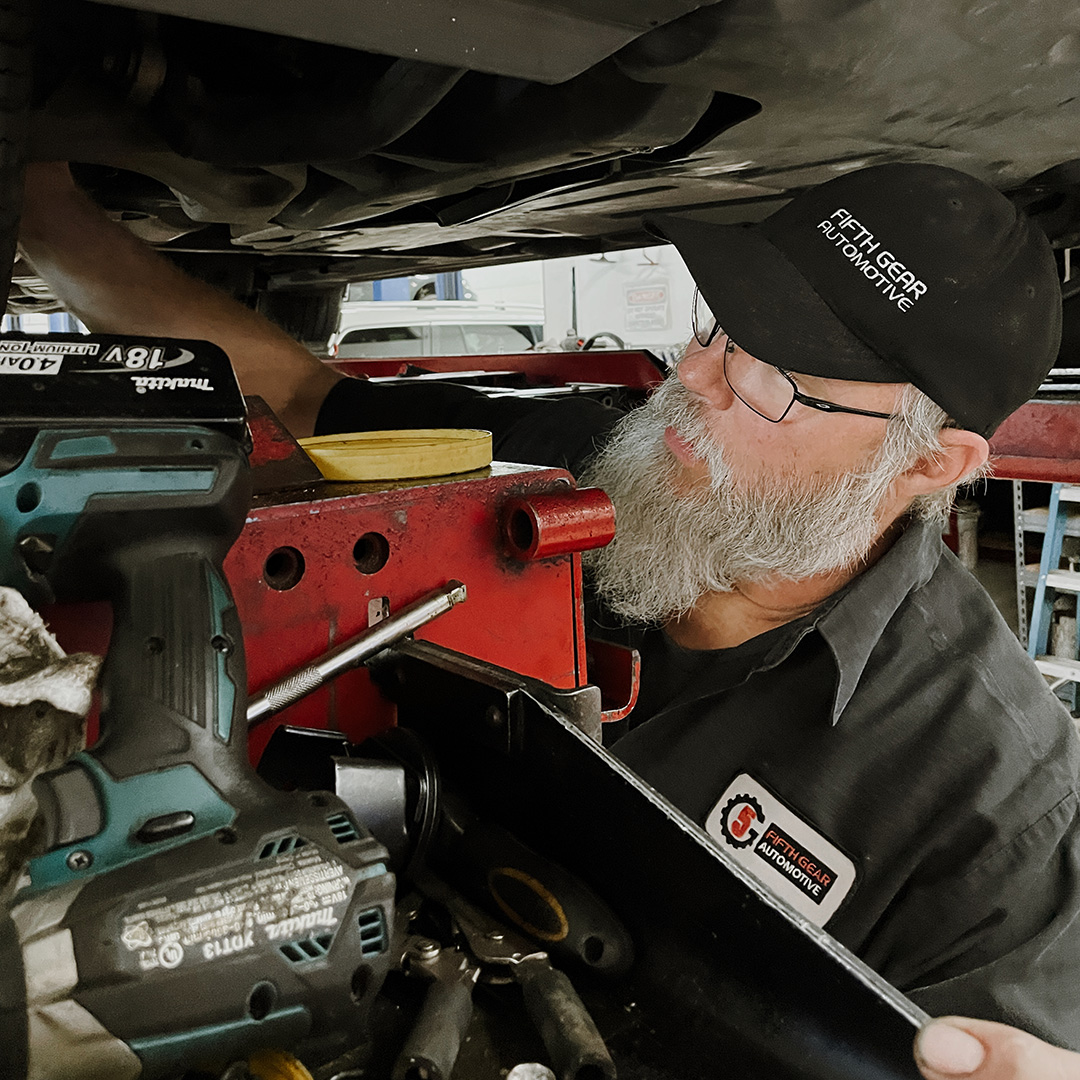What Is Wheel Alignment?
Wheel alignment is a process for ensuring your vehicle’s wheels move in the same direction and stay properly positioned on the road. This involves adjusting various suspension angles that affect tire movement and making sure the steering wheel is centered. Unlike DIY tasks, wheel alignment requires a skilled mechanic and a specialized alignment machine. The goal is to align the wheels and axles according to the manufacturer’s specified angles, promoting better tire wear and handling.
Do I Need An Alignment?

Here are common signs your vehicle may need a wheel alignment:
- Sharp pulling in one direction: If your car constantly pulls sharply to one side, even after correcting tire pressure, it’s a clear indication that an alignment is necessary.
- Slight Pulling in one direction: While less noticeable than sharp pulling, a gentle drift to one side when driving straight in a level parking lot suggests the need for a tire alignment.
- Vibrating Steering Wheel: Vibration in the steering wheel can result from unbalanced tires or misaligned wheels causing the tires to pull in different directions, leading to the steering wheel to shake.
- Off-Centered Steering Wheel: If your steering wheel is off-center while driving and you’re adjusting to compensate, it’s a sign that a wheel realignment is needed.
- Uneven Tire Wear: Check your front and rear tires for any wear patterns. Observing differences in tire wear can indicate improper alignment.
Regularly checking for these signs and scheduling wheel alignment check ups when needed ensures optimal performance and extends the lifespan of your tires, saving you money!
How Often Should I Get A Wheel Alignment?
Following Telle Tire’s guidance, it’s best to have your vehicle’s wheel alignment checked yearly or every other oil change. Many tire experts suggest checking alignment approximately every 6,000 miles as a rough guideline. Considering your car’s age is crucial; newer vehicles may need less frequent alignment checks, while older ones require more attention. The specific frequency depends on various factors unique to your vehicle.
Conclusion
Wheel alignment ensures uniform tire movement for better handling. Signs such as pulling, steering vibration, off-centered steering, or uneven tire wear indicate a potential need for alignment. For peak performance, consider aligning your vehicle’s wheels annually or every other oil change, approximately every 6,000 miles. When installing new tires, aligning wheels is advisable for safety and performance. For professional assistance, visit Fifth Gear Automotive, where our specialized technicians prioritize your vehicle’s safety, performance, and cost savings.






